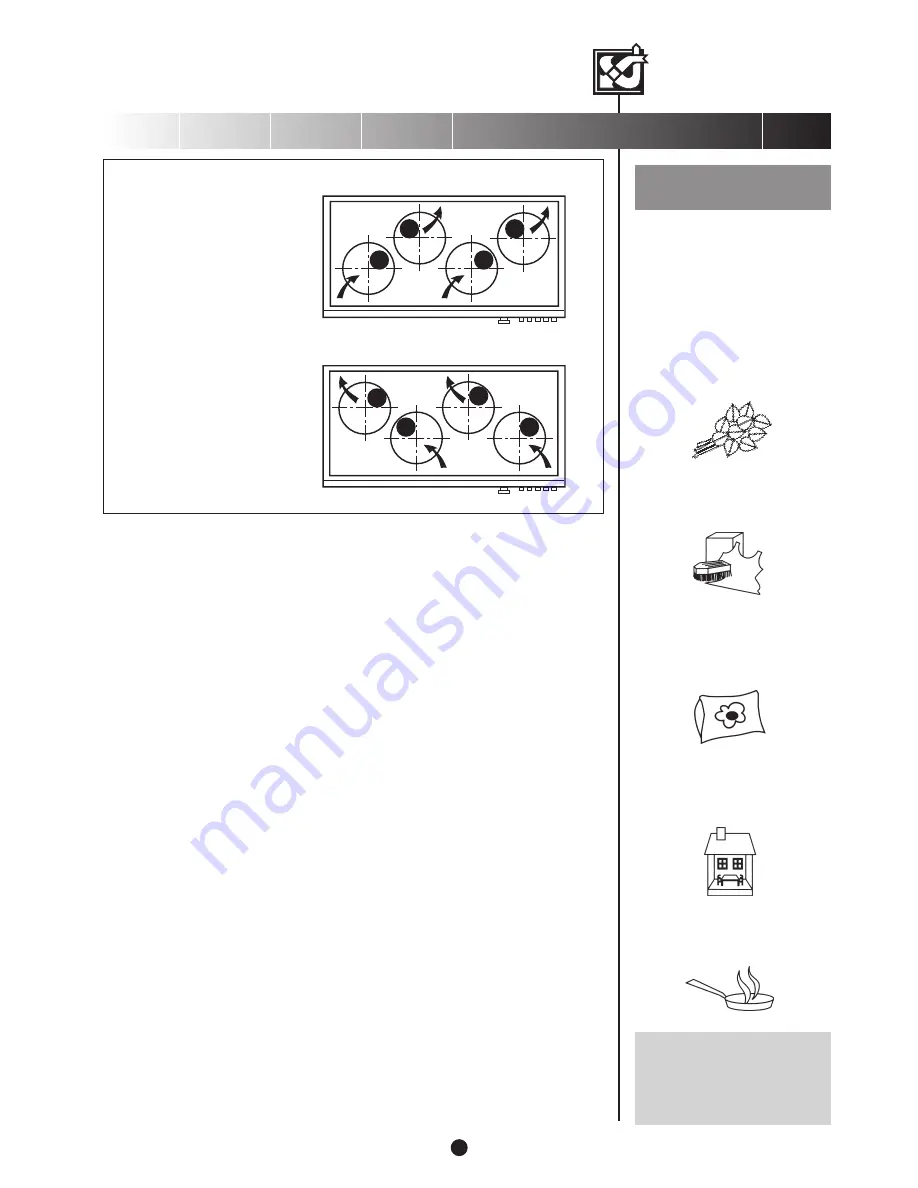
VALLOX 70
CONTENTS
3
1. THREE QUESTIONS ABOUT VENTILATION
1.1. Why Are Rooms Ventilated?
Good ventilation promotes healthy living for both the people and the building
. The air in a residential
building needs to be replaced in order to remove humidity and impurities emitted by
structural and human sources. The impurities of indoor air include carbon dioxide,
formaldehyde, radon and other gases as well as dust.
Mechanical ventilation is needed in order to regulate ventilation according to the needs of
the inhabitants. In a well-insulated house, air is not replaced sufficiently by natural means.
Even in a poorly insulated house, air is only replaced because of the differences in
temperature of indoor and outdoor air, or thanks to winds. In this case, ventilation is
dependent on weather conditions and cannot be regulated.
It is of utmost importance to keep the relative humidity and CO
2
content of indoor air at a
healthy level. The relative humidity of indoor air should preferably be about 45%.
Humidity is smaller in the winter and higher in the summer and in the autumn. Dust mites
thrive in a space where relative humidity exceeds 50%, and if relative humidity exceeds
60% for an extended period in the winter, the cold structures of the building start to gather
water and mould.
The maximum CO
2
content of indoor air should be about 1000 ppm.
1.2. What Are the Characteristics of Adequate Ventilation?
• Indoor air remains fresh in all rooms, also in the bedrooms during the night.
Without adequate ventilation, CO
2
content in the bedrooms especially tends to
rise to an unhealthy level.
• The bathroom and the sauna get dry quickly.
• During the heating season, the windows and other outer wall structures remain dry.
• Humidity in the indoor air is not condensed in the ventilation ducts.
• Air is fresh in the toilet, too.
1.3. How Much Ventilation is Needed?
In order for indoor air to be clean for breathing, it should be replaced
every two and a half
hours
. In a new and a renovated house, air needs to be replaced at least once an hour
throughout the first year, so that harmful gases and structural humidity will be extracted. In
buildings that are dry and more than a year old, ventilation can be regulated as needed.
Ventilation is increased when taking a sauna bath, washing clothes and cooking, for
instance, and reduced during very cold periods or when there is nobody at home.
EVERYDAY QUICK
REFERENCE GUIDE
VALLOX 70 has been initially adjusted for
normal conditions at your home. Further ad-
justment is mainly needed in the following
situations:
NOTE!
Never switch ventilation off, as it
ensures the even quality of indoor
air and removes dust as well as
gases emitting from structures.
• Cooking:
If the ventilation unit is connected to a coo-
ker hood, increase ventilation while coo-
king.
• Empty house:
In order to save energy, you can set venti-
lation at the minimum level.
• Sleeping:
Ventilation in the bedroom has to be ade-
quate throughout the night. The level is
correct when there is no fusty smell in the
morning when you enter the room.
• Washing and drying clothes:
Increase ventilation in the washing and
drying space when washing and drying.
•
Taking a sauna bath:
Increase ventilation in the sauna and the
washroom so that they get dry as soon as
possible. It is advisable to have ventilation
at an increased level for two to three hours
after taking a sauna bath.
ORDER OF DUCT
JOINTS IN
VALLOX 70:
1. Discharge air to the unit
2. Supply air to the rooms
3. Outdoor air to the unit
4. Extract air going outside
1
2
3
4
1
2
3
4
The R Model
The L Model


























